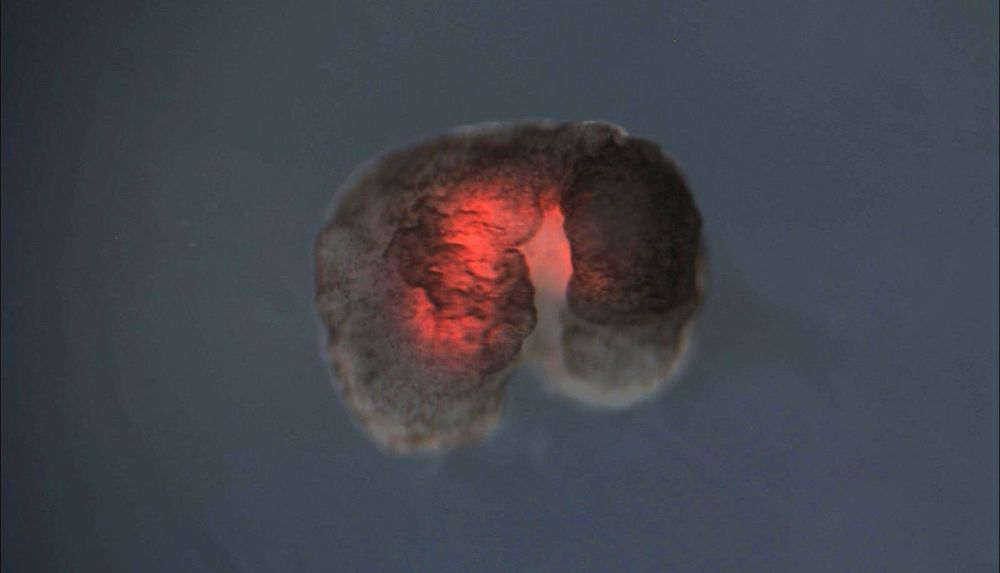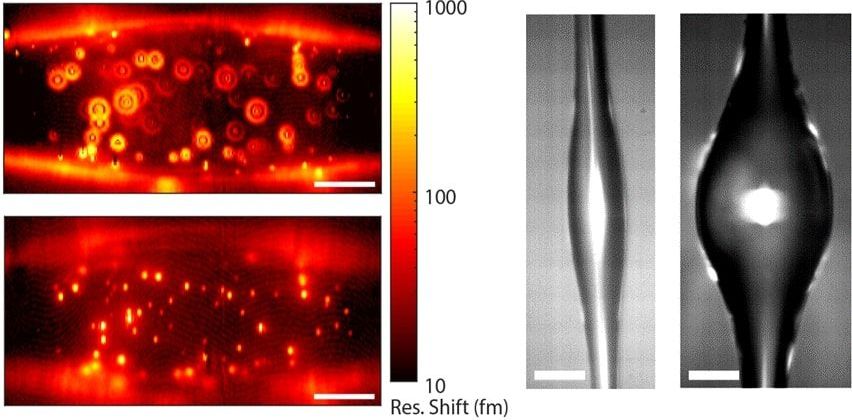Anyone with a modicum of skill can create deepfake videos using artificial intelligence, but experts suggest that AI may also be the solution that allows rapid and accurate identification and detection.
By now, most of us have shared a few chuckles over AI-generated deepfake videos, like those in which the face of comedian and impressionist Bill Hader gradually takes on the likenesses of Tom Cruise, Seth Rogen, and Arnold Schwarzenegger as he imitates the celebrities. We’ve seen actor Ryan Reynolds’ mug superimposed over Gene Wilder’s in the 1971 classic film “Willy Wonka & the Chocolate Factory.” We’ve even marveled over businessman Elon Musk being turned into a baby.
It all can be quite humorous, but not everyone is laughing. Tech companies, researchers, and politicians alike are growing concerned that the increasing sophistication of the artificial intelligence and machine learning technology powering deepfakes will outpace our ability to discern between genuine and doctored imagery.









